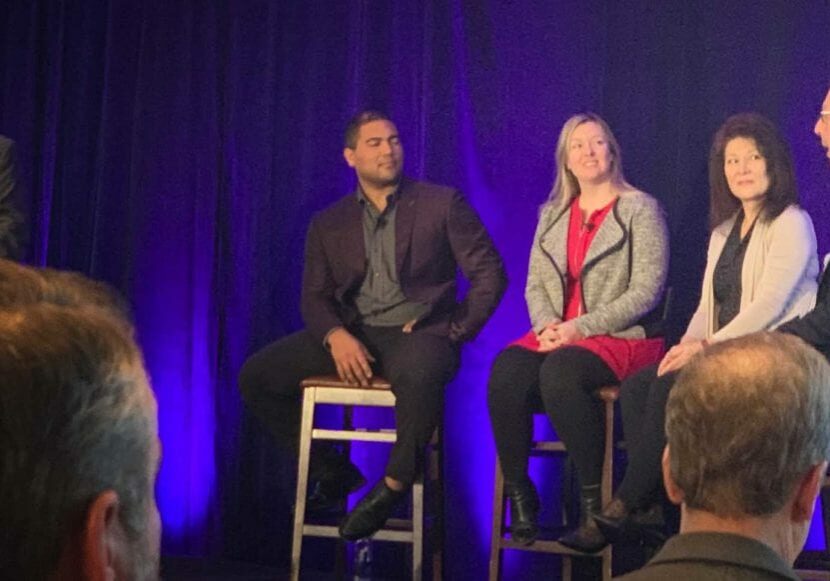Last Updated on June 25, 2021 by

I just got back from the 2020 Direct to Consumer Wine Symposium. This event, in its 13th year, is the primary fundraiser for Free the Grapes! Free the Grapes and its predecessor Coalition for Free Trade have increased the number of legal shipping states from 17 to 45, representing 95% of the US Population.
During this two day conference, 60 speakers conducted workshops, town halls, and roundtables discussing the latest trends and challenges facing direct to consumer wine sales. This was my first time attending this conference, and I was amazed and invigorated by the level of knowledge and passion.
I left the conference with both the increased conviction that the work we are doing at Barrels Ahead is at the forefront of winery marketing and the comfort that we are not alone in our mission to amplify wineries stories through a better digital experience.
Key Takeaways From the Direct to Consumer Wine Symposium:
Wineries are not spending enough on their digital presence

To paraphrase Simon Solis-Cohen of Highway 29 Creative, Wineries should be spending at least as much on their digital presence as they do on their landscaping. When Simon brought up this point during his presentation on optimizing marketing channels, the statement immediately rang true to me as an excellent barometer of digital spend.
Your digital presence must come first
Do you want to fill your tasting room with the best visitors? Specifically, those with the intent to experience and buy your wines. Focus on your online presence. Most serious wine drinkers research their trip long before visiting a new wine region. They do this online. By the time these visitors arrive, they have already planned their routes, decided on which wineries to visit, and perhaps pre-purchased their experiences. All this before witnessing the grand entrance and landscaping.
It’s about the Experience
During the first keynote, a mini focus group was held polling wine drinkers outside of the wine industry about their thoughts on direct to consumer wine sales. The group consisted of wine consumers from different age groups representing Millenials, Gen Ex, and Boomers. One of the best quotes from the conference was from Jaclyn Coleman. Jaclyn, a Public Relations Director from Reno, was on stage, representing Millenials. In response to the moderator asking what each person would do if they didn’t like the wine during their tasing visit, Jaclyn stated that if she liked the experience, she would probably buy the wine even though she did not like it. For her, the experience was more important than the actual wine. Purchasing the wine would allow her to remember her time at the winery fondly.
Convey The Why
Take time to craft an experience across your marketing channels that captivates and reinforces why your winery exists. Why is what matters most. How you make wine, what wine you make, and where you make it are all supporting players as to why you make wine. A compellingly delivered why can make up for any deficiencies in the how, what, and where.
Know where your customers are on their buying journey with your winery
From the initial stage of making people aware of your winery to the final step of converting and retaining a person as a club member, a person goes through a buyer’s journey. Where that person is in their journey requires a different mix of marketing tactics and spend. For the initial awareness stage, outbound paid search and community engagement are essential.
As people become aware of your winery, the focus should shift towards the content on your site, social media, and retargeting campaigns.
For club members, the focus should be on retention through increased personalization using the member’s preferred marketing channel.
It is essential to create a blueprint for this journey to make the most effective use of your advertising dollars. Know what percentage of your customers are at each stage of this journey and allocate dollars accordingly. If you are a new winery with an empty tasking room, the awareness stage should be weighted heavily in the mix. In contrast, an established winery with a steady stream of tasting room visitors and stable wine-club membership would want to increase their effort to increase purchasing activity from repeat buyers who don’t like to join wine clubs.
What is the proper marketing mix for your winery? Book a strategy call today.
